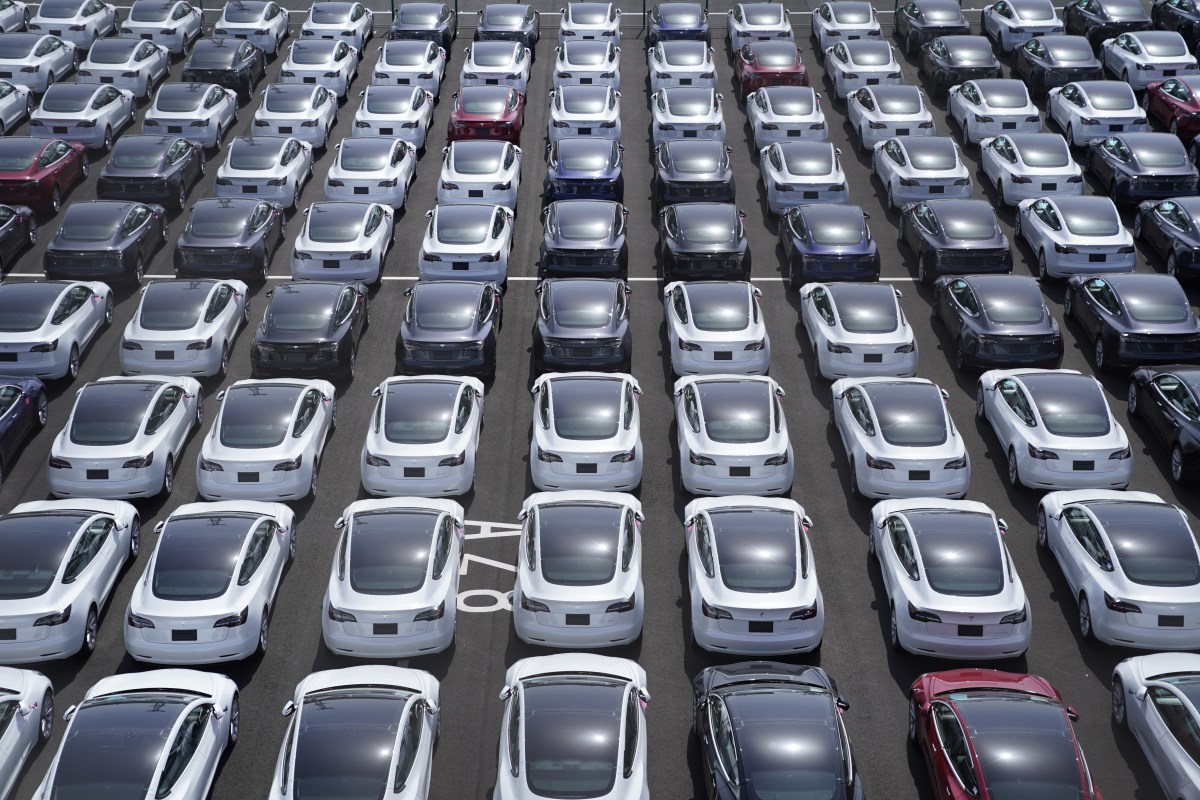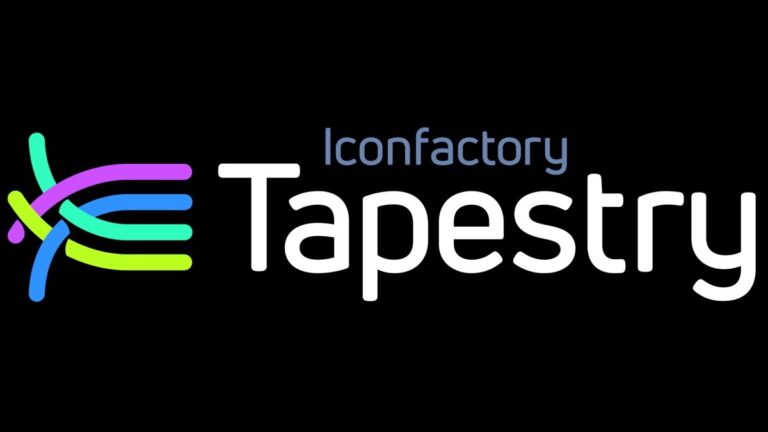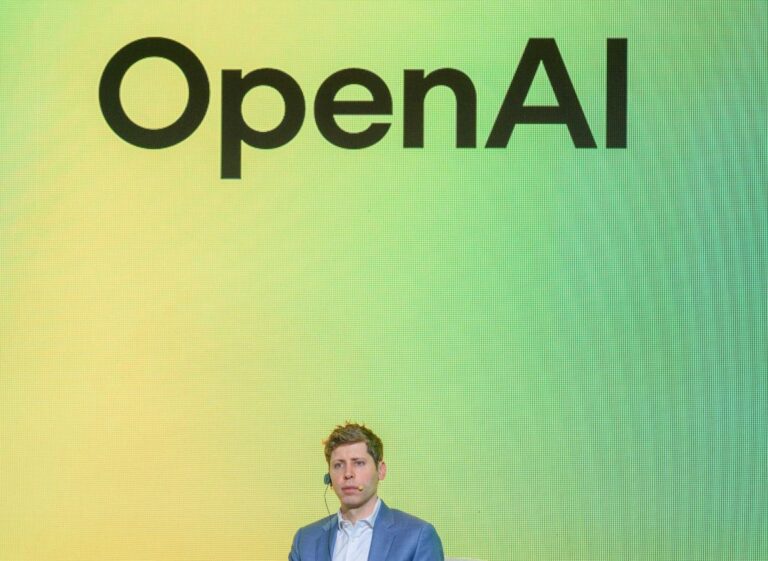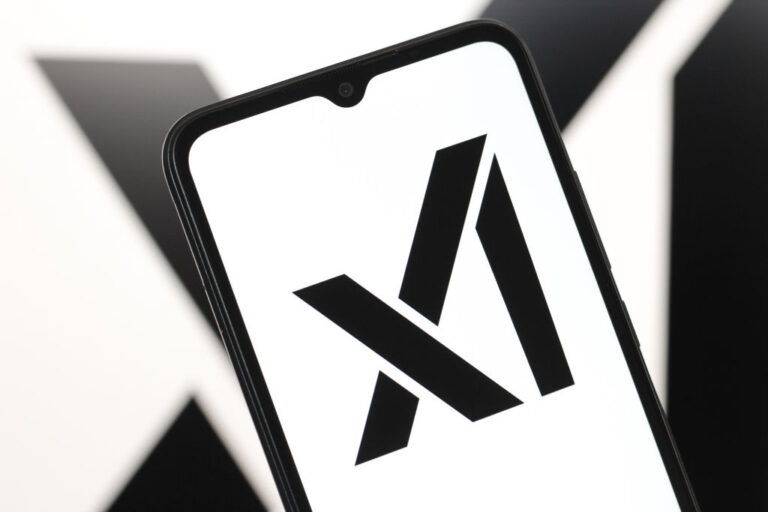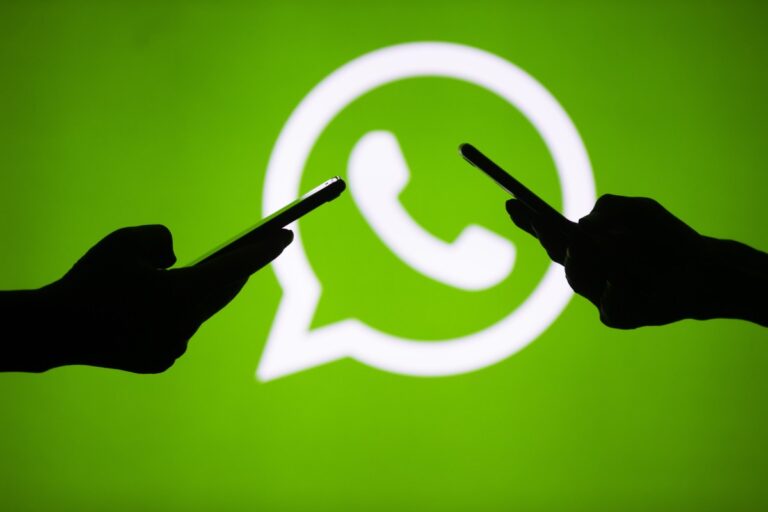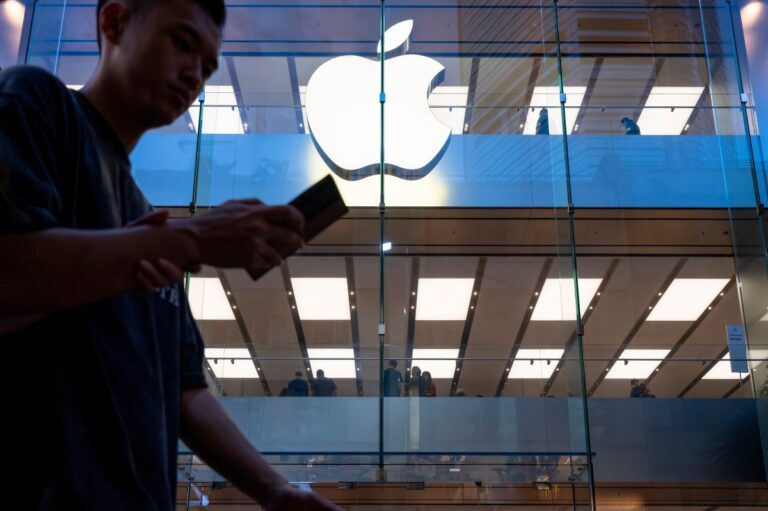Unlocking Tesla’s New Passenger Transportation Permit: What It Can and Can’t Do in California
Tesla has taken a significant step towards expanding its transportation services in California by receiving a permit from the California Public Utilities Commission (CPUC) on Tuesday. This permit marks the beginning of a lengthy regulatory journey that could ultimately lead to the launch of a robotaxi service in the state. With this initiative, Tesla is positioning itself to innovate within the transportation sector.
Understanding Tesla’s Transportation Charter Permit
The permit granted to Tesla is known as a Transportation Charter Permit (TCP), which the company applied for in November 2024. It is important to note that this permit does not cover autonomous vehicle testing or deployment. Here’s a breakdown of what this means:
- A TCP allows Tesla to own the vehicles and employ drivers for transportation services.
- This permit differs from those held by ride-hailing giants like Lyft and Uber, which operate under Transportation Network Company (TNC) permits.
Key Differences Between TCP and TNC Permits
Understanding the differences between the TCP and TNC permits is crucial for grasping Tesla’s operational framework:
- Ownership: Tesla owns the vehicles used for transportation, while TNCs typically allow drivers to use their personal vehicles.
- Service Type: TCP is designed for prearranged transportation services, such as roundtrip sightseeing.
- Driver Involvement: Tesla’s TCP involves human drivers, unlike the potential for fully autonomous services under different permits.
Future Plans for Tesla’s Transportation Services
Initially, Tesla plans to utilize its TCP permit to provide transportation for employees on a prearranged basis. The company has committed to notifying the CPUC when it transitions to offering transportation services to the public. This is a strategic move as they prepare for future expansions.
Potential for Autonomous Vehicle Services
While Tesla’s current application does not include participation in the CPUC’s Autonomous Vehicle Passenger Service Programs, the company may pursue these permits in the future. If it chooses to do so, Tesla will also need to acquire additional permits from the California Department of Motor Vehicles (DMV), which oversees autonomous vehicle testing and deployment regulations in the state. Currently, Tesla lacks the authority from the DMV to conduct driverless rides for testing or deployment.
Tesla’s Robotaxi Ambitions in Texas
In addition to its California initiatives, Tesla is set to launch a robotaxi service in Austin, Texas. CEO Elon Musk has announced that this service will commence in June, utilizing Tesla’s own fleet vehicles equipped with the forthcoming “unsupervised” version of its Full Self-Driving software. This move signifies Tesla’s commitment to leading the charge in autonomous transportation.
For more information on Tesla’s regulatory journey and future transportation services, you can explore additional resources on the official Tesla website.

